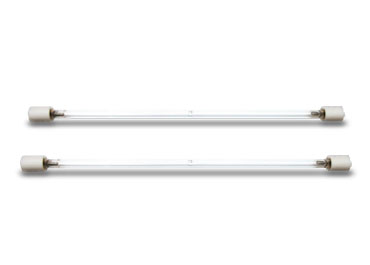
NewsInformation Center
Why xenon lamp is used in fluorescence spectroscopy?
2023/05/19
The reason why xenon lamps are used in fluorescence spectroscopy is because xenon lamps have extremely high brightness and stability, and can generate high-energy ultraviolet rays to excite sample molecules, thereby exciting them to fluoresce. In addition, the xenon lamp also has a narrow spectral line, which can make the experimental results more accurate and reliable. In fluorescence spectrum analysis, xenon lamp is widely used to excite fluorescent molecules and obtain fluorescence spectrum information.


The main reason for using xenon lamps in fluorescence spectroscopy experiments is because xenon lamps have the following advantages:
1. Wide continuous spectrum: The spectral range produced by the xenon lamp is very wide, covering the visible and ultraviolet regions. This wide continuous spectrum is very suitable for fluorescence spectroscopy experiments, because fluorescent substances will generate fluorescence signals of different wavelengths under excitation of different wavelengths. Using a xenon lamp as an excitation light source can provide a relatively comprehensive spectral range for observing and analyzing the emission spectrum of fluorescent substances.
2. High brightness: Xenon lamp is a high brightness light source, which can provide enough light intensity to excite fluorescent substances. Fluorescence spectroscopy experiments require sufficient light intensity to excite the emission of fluorescent substances in order to obtain clear signals and accurate data.
3. Stability: The xenon lamp has high stability, and the output light intensity is relatively stable, which can provide consistent lighting conditions in the long-term experiment process. This is very important for experiments that take a long time or that require multiple measurements to ensure the reliability and reproducibility of the experimental results.
4. Tunability: The output spectrum of the xenon lamp can be adjusted by adjusting the current or using a filter. This tunability makes it possible to select different excitation wavelengths according to experimental needs, so as to better adapt to the characteristics and requirements of different fluorescent substances.
In summary, xenon lamps are widely used in fluorescence spectroscopy experiments, and their wide continuous spectrum, high brightness, stability, and tunability make them an ideal light source that can provide stable and adaptable excitation spectra to different needs.
Previous: 2023 China International Textile Fabrics and Accessories Expo(Intertextile)
N e x t : Do You Kown How To Measure The Zipper Gauge Correctly?



